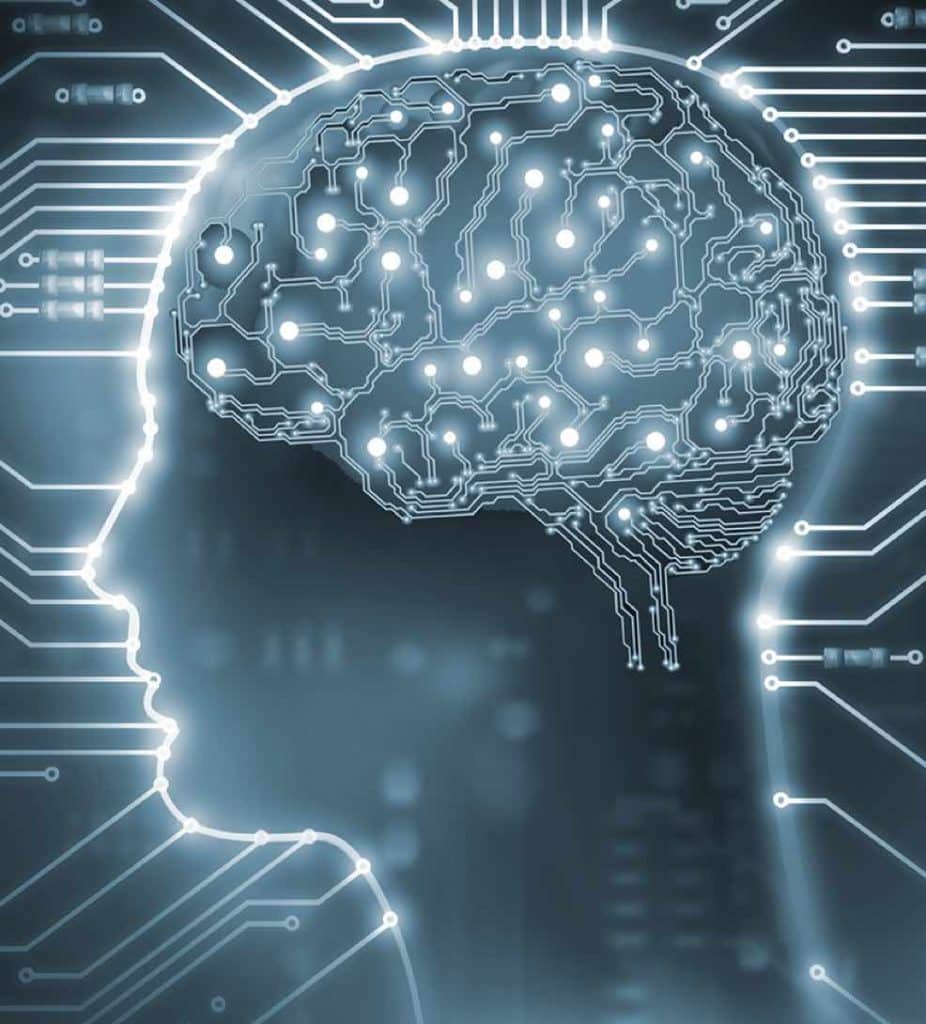
Yes, it’s possible… with training: neurofeedback, a technique born in the 1970s that is similar to mental training. It uses the EEG or MRI.
The principle of neurofeedback is simple: to teach the patient to perceive his brain activity in order to modulate it in the event of a disorder. In practice, the technique exists in two forms, neurofeedback by electroencephalography (EEG), the most widespread, and neurofeedback by real-time functional MRI, which is more recent and infrequent.
In the first case, electrodes are placed on the subject’s skull to record the electrical activity produced by the most superficial part of the brain. In the second case, variations in blood oxygenation are measured, in real time, giving access to deeper brain regions. The principle remains the same: to train the patient to control specific regions of the brain. To do this, brain activity is translated by an image or sound, the feedback.
Neurofeedback has proven its worth in hyperactivity and epilepsy.
The patient can therefore concentrate on an external stimulus (sound, smell, image), evoke thoughts, memories, emotions, imagine making certain movements… and see the effect of these mental states live.
In the long run, this can correct localized brain activity that is considered abnormal, by increasing or decreasing it, according to what has been previously determined by the care team.
By making it possible to control any cerebral region, neurofeedback could a priori treat many pathologies: chronic pain, depression, tinnitus, schizophrenia, anxiety disorders… However, its effects have only been scientifically demonstrated for the treatment of Attention Deficit Hyperactivity Disorder (ADHD) and epilepsy.
By Marie-Catherine Mérat
According to Science & Vie QR No. 22 “Genius and its Mysteries”…

